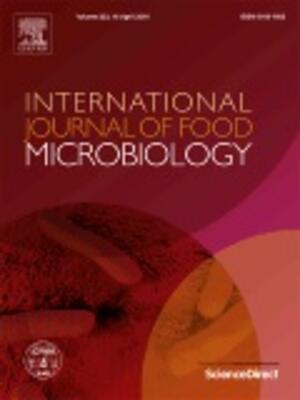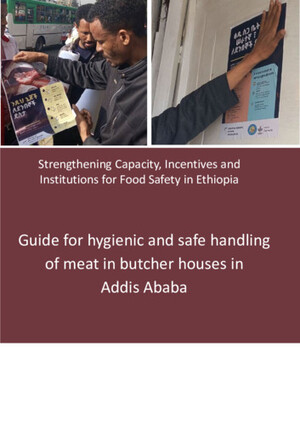
Campylobacter, a zoonotic pathogen of global importance: Prevalence and risk factors in the fast-evolving chicken meat system of Nairobi, Kenya
Abstract
Campylobacteriosis is a leading foodborne zoonosis worldwide, and is frequently associated with handling and consumption of poultry meat. Various studies indicate that Campylobacter causes a substantial human disease burden in low to middle-income countries, but data regarding the organism’s epidemiology in countries like Kenya are scarce. In sub-Saharan Africa, 3.8 million deaths of children under-5 years of age are reported annually. Of those, 25% are caused by diarrheal diseases, and Campylobacter is one of the most frequently isolated bacteria from diarrheic children. With the growth of urban conglomerates, such as Kenya’s capital, Nairobi, changes in diets, food production systems, and retailing dynamics, it is likely that exposure and susceptibility to this pathogen will change. Therefore, the importance of Campylobacter disease burden in Kenya may increase further. The objectives of this study were: 1) to determine the prevalence of Campylobacter spp. in Nairobi’s small-scale chicken farms and meat retailers, and 2) to identify potential risk factors associated with its presence in those sites. The prevalence data provides the first detailed baseline for this pathogen in the urban Kenyan context. The risk factors provide context-specific insights for disease managers. A cross-sectional study of broiler, indigenous chicken farms, and chicken meat retailers, was conducted in a peri-urban, low to middle-income area (Dagoretti), and a very-low income informal settlement (Kibera) of Nairobi. Chicken faeces were collected using one pair of boot socks per farm, and 3 raw chicken meat samples were purchased per retailer. Samples were cultured for viable Campylobacter spp. using mCCDA, followed by blood agar plates in aerobic/microaerobic conditions for prevalence calculations. A questionnaire-based survey on sanitary, sourcing and selling practices was conducted at each site for risk factor identification using logistic regression analyses. A total of 171 farm premises and 53 retailers were sampled and interviewed. The prevalence results for Campylobacter spp. were between 33 to 44% for broiler and indigenous chicken farms, 60% and 64% for retailers, in Dagoretti and Kibera, respectively. Univariable logistic regression showed an association between Campylobacter spp. presence and the easiness of cleaning the display material used by the retailer. Restricting access to the flock was also associated with the pathogen’s presence. Multivariable logistic regression identified the selling of defrosted meat as a retailer risk factor (OR: 4.69; 95% CI: 1.31–19.97), calling for more investigation of the reported repetitive freezing-thawing processes and cold chain improvement options. At the farm-level, having a pen floor of material not easy to clean was found to increase the risk (OR: 2.31; 95%CI: 1.06–5.37). The relatively high prevalence of Campylobacter spp. across different areas and value chain nodes indicates a clear human exposure risk. The open nature of both small-scale broiler and indigenous chicken production practices with low biosecurity, hygiene and informal transactions, likely plays a role in this. While gradual improvement of farm biosecurity is recommended, risk factors identified suggest that consumer education and enforcement of basic food safety principles at the retailer end of the food continuum represent key targets for risk reduction in informal settings.
Citation
Carron, M., Yu-Mei Chang, Momanyi, K., Akoko, J., Kiiru, J., Bettridge, J., Chaloner, G., Rushton, J., O’Brien, S., Williams, N., Fèvre, E.M. and Häsler, B. 2018. Campylobacter, a zoonotic pathogen of global importance: Prevalence and risk factors in the fast-evolving chicken meat system of Nairobi, Kenya. PLOS Neglected Tropical Diseases 12(8): e0006658.









